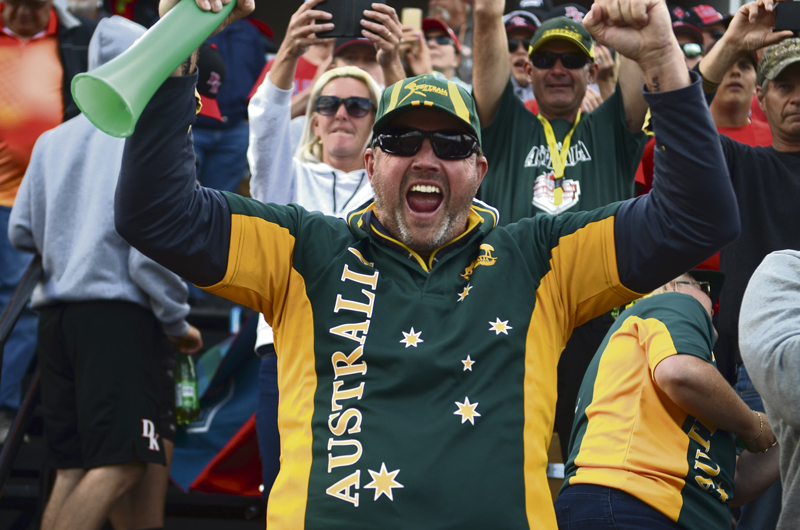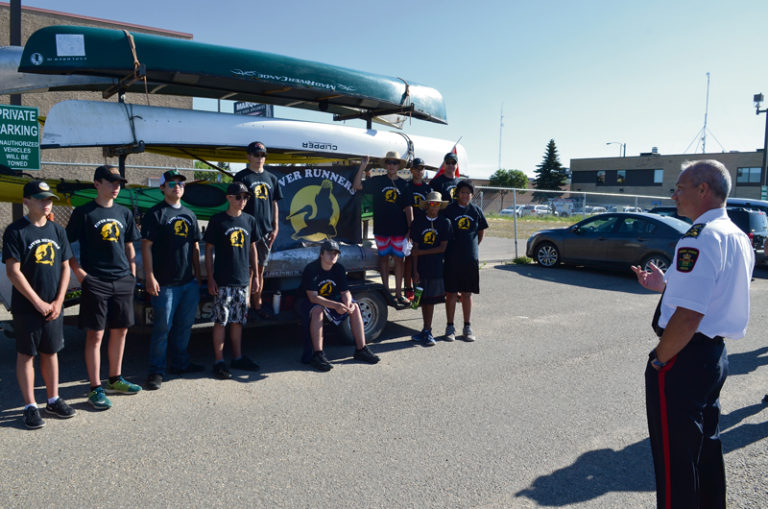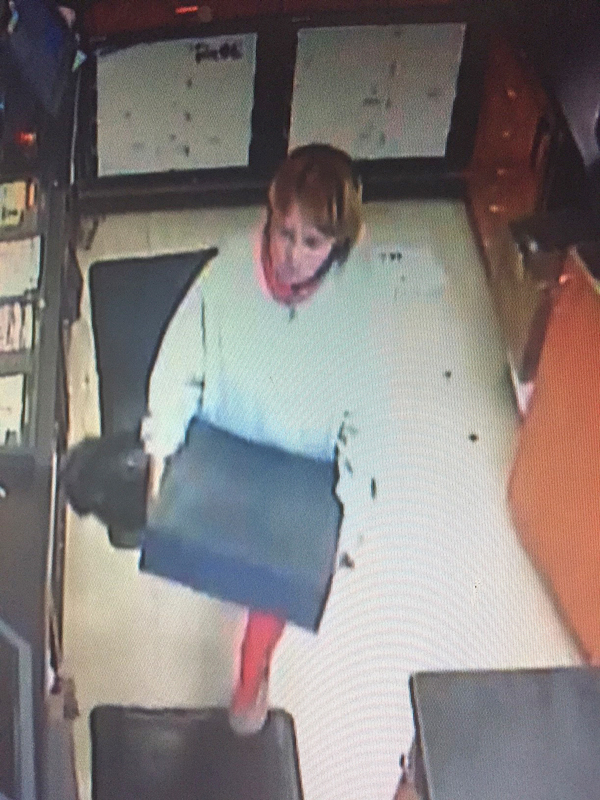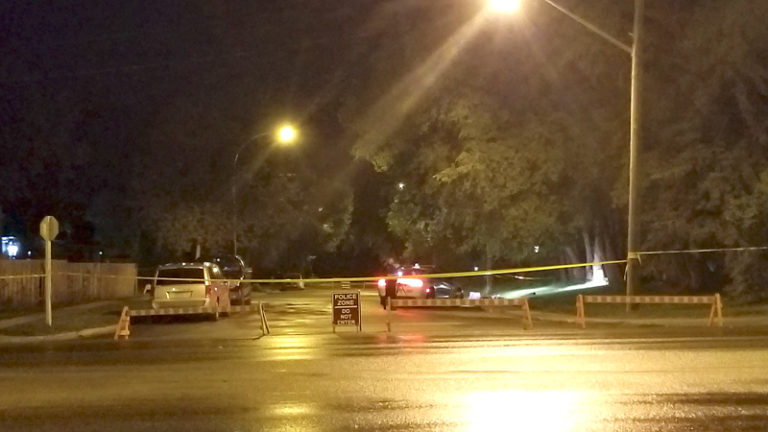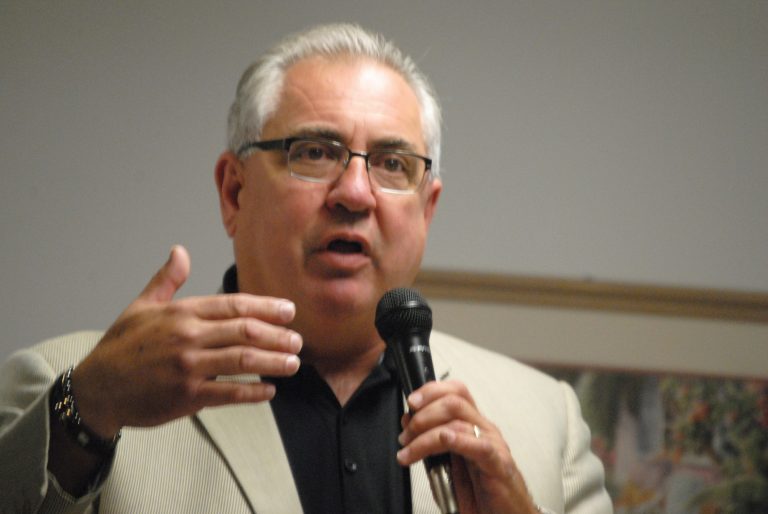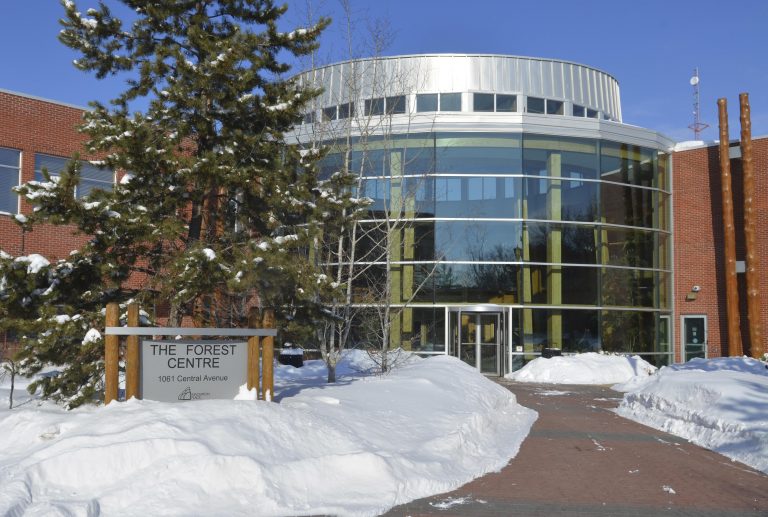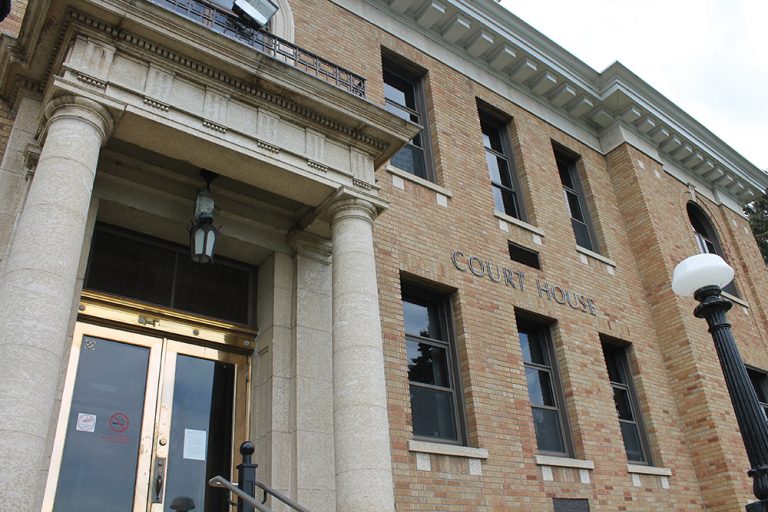The city overstepped its authority by not engaging in fair process when it banned a septic hauling company from accessing its facilities and told residents they wouldn’t receive the septic hauling rebate if they did business with the company, a judge has ruled.
A decision in the case between the City and C & D Septic was rendered by Judge G.A. Meschishnick on June 21. Meschishnick quashed the city’s decisions and set out a process by which the city would be able to proceed in its desired actions against C & D.
According to the key facts as laid out in the decision, C & D was using facilities owned and operated by the city, depositing liquid sewage into the wastewater treatment plant and the remaining waste into the landfill under provisions laid out in the city’s bylaws.
Early in 2017, the city became concerned C & D was illegally discharging waste from septic tanks into the sewer system. A private investigator was hired to watch the company. Once the investigator provided a report to the city, the City’s solicitor served C & D with notice in July of 2017 that it wouldn’t be allowed access to the wastewater plant septic receiving station or to the landfill. Additionally, Bylaw charged C&D with five violations of the sanitary sewer bylaw. Those bylaw violations are still before the courts.
Then, on July 18 last year, the city sent a letter to residents not connected to the sewer system that they would no longer be entitled to their 50 per cent reimbursement of the costs of having their septic tanks emptied if they hired C &D.
Under a 1980 council resolution, residents inside city limits who aren’t connected to the sewer system, such as residents living in the Nordale and Hazeldell subdivisions, are entitled to a 50 per cent rebate from the city of the cost of having their septic tanks emptied.
The city also sent a letter to C & D that it could hire a lawyer and contact the city to work out a resolution on a “without prejudice basis.”
The two sides did meet. They were able to come to a resolution.
C & D filed a lawsuit arguing the city did no engage in fair process, that its decisions were unreasonable and that it acted in bad faith.
In his decision, Mechishnick found the city failed to engage in fair process, in part by imposing quasi-judicial decisions on C & D without an appeals process.
Mechishnuk found that decisions were made by public officials, grounded in a finding that C & D had disposed of septage contrary to the bylaw.
“That is a decision that is quasi-judicial in nature,” Mechishnick said. Part of the issue, he found, was that instead of just impacting C & D’s rights and privileges, such as their access to facilities, the city’s decisions had wider-reaching consequences. If it was just a contract between the city and C & D, there would have been no issue, he said.
“It is quite another to ban C & D and ratepayers from access to facilities and programs where the benefit of contracts that the city is not a party to are put in jeopardy.”
The city argued it had evidence C & D was violating the bylaw by not paying fees for using facilities and that its actions were threatening public health and risking damage to the city’s infrastructure, which called for immediate action.
While Mechishnuk agreed “there might be some merit to the suggestion that immediate action was needed to prevent further risk to the public and to the city’s infrastructure,” he took issue with other aspects of the city’s argument, such as an assertion that the decision was made on an interim basis.
If the decision was interim, he said, the city should have held a hearing, not a meeting without prejudice.
“The meeting was not a hearing or an appeal of any sort,” he wrote, “But rather a meeting to negotiate a right of access. (The city) would have been obliged to engage a process that resulted in a final decision that created a record of the proceeding, and a final decision that, in fairness to C & D, was not smothered under a without prejudice blanket.”
He also ruled that, by relying on a surveillance report, the city was performing an “adjudicative function” and not an administrative one.
“As a result of its conclusion, it imposed various sanctions,” he wrote.
“The decisions resemble those made in a judicial process (which) calls for a higher degree of procedural fairness.”
No appeals process was made available and the decisions were important to C & D’s reputation and financial wellbeing.
“Both of these factors call for procedural protection,” he wrote.
“I am also of the view that a person in C & D’s position would expect that before its permit to access the water treatment facility would be cancelled and its right as a member of the public to access the landfill would be denied, that it would be notified of the reasons for doing so and would be given an opportunity to respond.
“Denial of a fair process will always render a decision invalid.”
While turning aside the city’s original orders, Mechishnuck set out how the city could move forward.
He said the city shall provide notice setting out its concerns, inform C & D of decisions being considered, and shall include the authority on which its decisions are based, issues involved, evidence and procedure by which C & D can respond to the allegation.
It will further include how evidence may be presented and representations made, and possible consequences or sanctions that will result if the decision is not in favour of C & D.
“Where facts are in dispute, the city shall determine the issues only after conducting a hearing where the witnesses whose evidence is disputed shall be heard and cross-examined.”
Prince Albert Mayor Greg Dionne declined to comment, as he hadn’t read the decision. He directed the Daily Herald to the city manager’s office.
City Manager Jim Toye provided a brief, written statement.
“The City has believed that it conducted itself fairly and appropriately with C & D Septic Ltd in all of the circumstances and are studying the decision,” he wrote.
“As bylaw enforcement charges are outstanding against C & D Septic Ltd and scheduled for trial in October, the City will reserve further comment at this time.”


